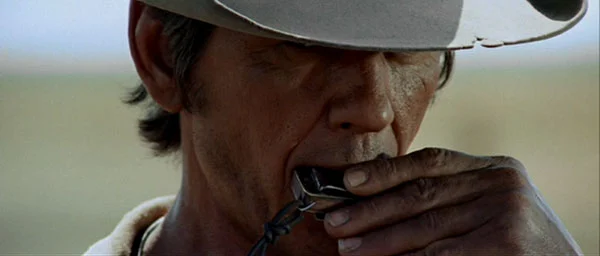‘1917’ — Reflecting the harsh realities of war
February 6, 2023
War is a subject that has fascinated historians and writers for hundreds of years, and studies show that conflict between factions has occurred throughout humanity’s entire existence. War is a subject that very few can truly comprehend, and only those who have endured its brutal reality can understand the burden it has laid on society. The events of World War I and World War II would entirely consume the first half of the 20th century, and shape the world as we know it today. These unfathomably massive conflicts also sparked new opportunities and new obstacles for yet another upcoming industry that had just gained traction among the masses at the time. With the rise of cinema and a revised, booming film industry, directors and writers would be presented with a challenge that had not been done before, and that challenge would be producing a war film that not only entertained viewers but also reflected upon the true brutality of war. For over half a century, the film industry produced countless titles intended to capture this atmosphere, but we are only now, in the 21st century, beginning to see films that have effectively achieved that goal. One film that demonstrates this is the 2019 film “1917,” directed by Sam Mendes.
The first World War proved to be one of humanity’s darkest periods of time, taking place between the years of 1914-1918, seeing millions of young men’s and women’s lives pointlessly lost, affecting many generations to come. While many other films attempted to show this conflict from numerous points of view, no emphasis was given to legitimately respecting the realities of the first World War, focusing much more on entertaining an audience with exciting, action-packed battles that could be considered comedically inaccurate. Simple storylines fell into place with heroes, villains, and a proper ending favoring the protagonist. One noteworthy example is the 1930 hit All Quiet on the Western Front. In complete contrast to this approach, 1917 avoids the stereotypical aspects of other war films by following the film protagonists shot-by-shot, encompassing the viewer into the eyes of the soldiers themselves, creating a suspenseful, eerie environment that denies the audience any idea they might have as to what comes next. This technique is very diverse from other films in this category and represents just a piece of the reality faced by soldiers in that they, like the audience, have no script or setting that will tell them what comes next. The movie begins by introducing two main characters that are followed throughout the movie, as they are given a plain and simple objective by a commanding officer. The message is direct: deliver a written letter to a commander in a distant sector of the battlefield to stop an attack that will end in catastrophe. While this objective sounds plain enough, to carry out the mission the two boys will have to traverse by foot the endless trenches and devastated landscapes of the Western Front on their own. As the film follows the two through hellish environments, they are consistently met with unexpected challenges and forced into situations that will have viewers doubting their very survival. Rather than being perceived as professional, heroic men doing their duty to their country, both characters are depicted as what they truly were, that being young and naive boys who had been thrust into a pointless and destructive war. The characters’ emotions are reflected deeply throughout the movie, and there is no hiding the devastating consequences and harsh realities that both face, representing the millions who died without reason during the war.
While heavily reliant on the shot-by-shot technique, the film is limited to a certain perspective that instead places the audience in the trenches with the men themselves, rather than watching from afar. Rather than action-packed battle scenes full of indiscriminate violence and mass combat, the two soldiers are engaged with much more realistic dangers faced by those who fought in the war. Whether this threat is moving across huge fields of barbed wire and dodging hidden mines, to sporadic shots from enemies that never reveal themselves, the characters are presented with a more challenging physical environment and mental strain than the intense fighting commonly depicted in war movies. However, while 1917 offers a unique point of view on war and captures a relatively accurate scene of what it was truly like to fight in World War I, it can be argued that is it much less exciting and drawn out, focusing more on the dramatic emotional strain and physical realities of war than on entertaining an audience. This film is not made for everyone and is not your average hero-villain war story that shows brave men completing unrealistically huge tasks that change the course of the film. Instead, this movie was made to show a different perspective that respects the truth about war, that conflict is dangerous, pointless, gruesome, and depressingly unfortunate for those who must endure it. While it is less entertaining, I would personally recommend watching this film to grasp a new idea on how Hollywood and the film industry interpret war.










